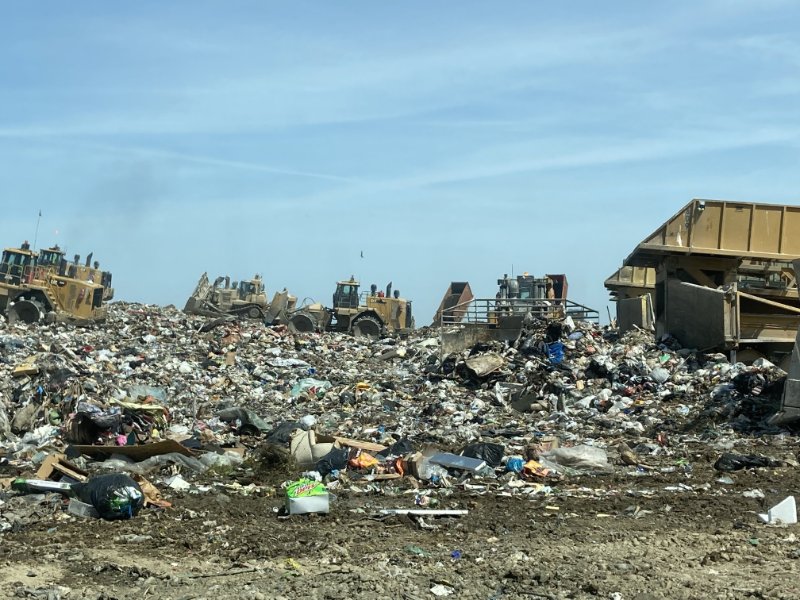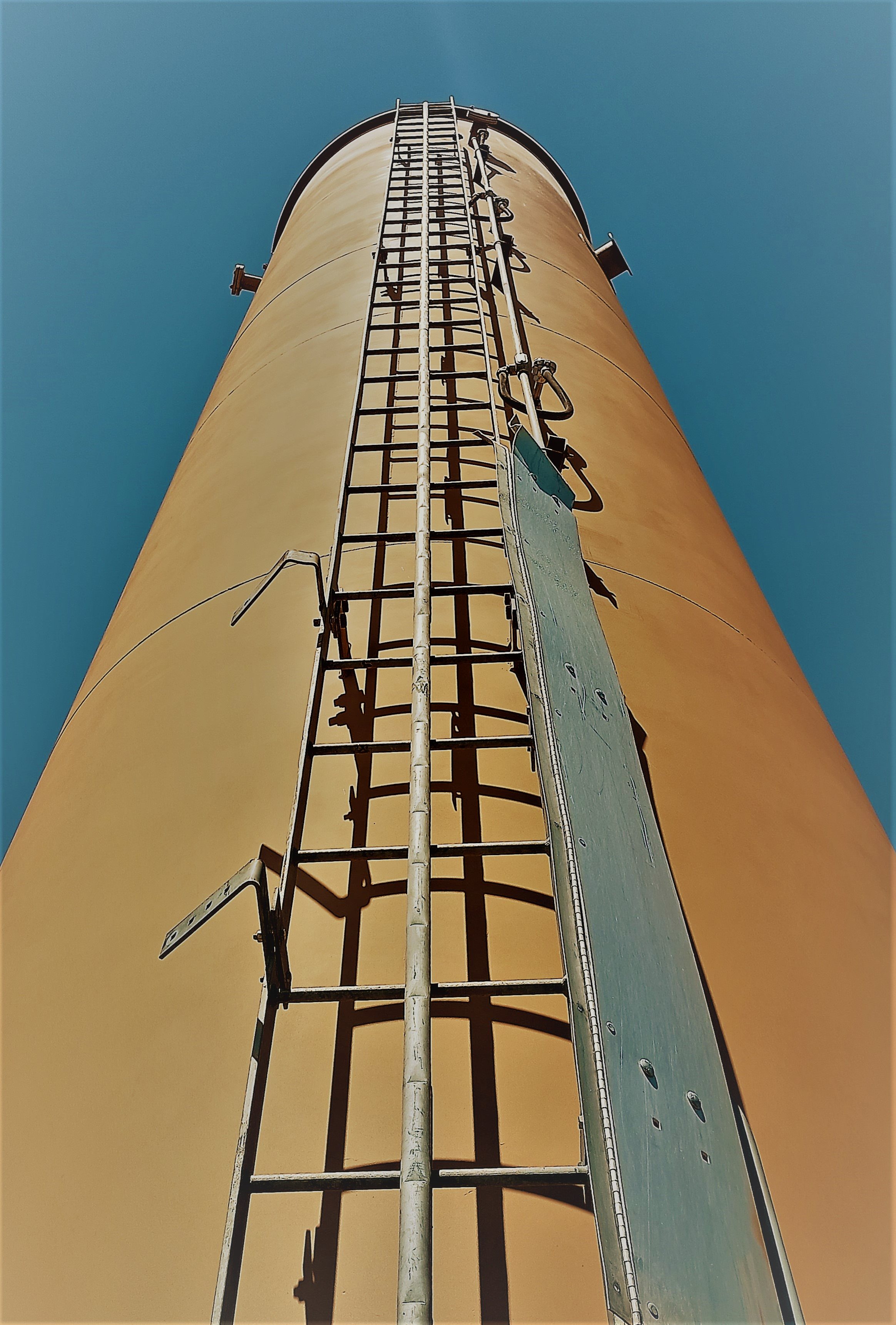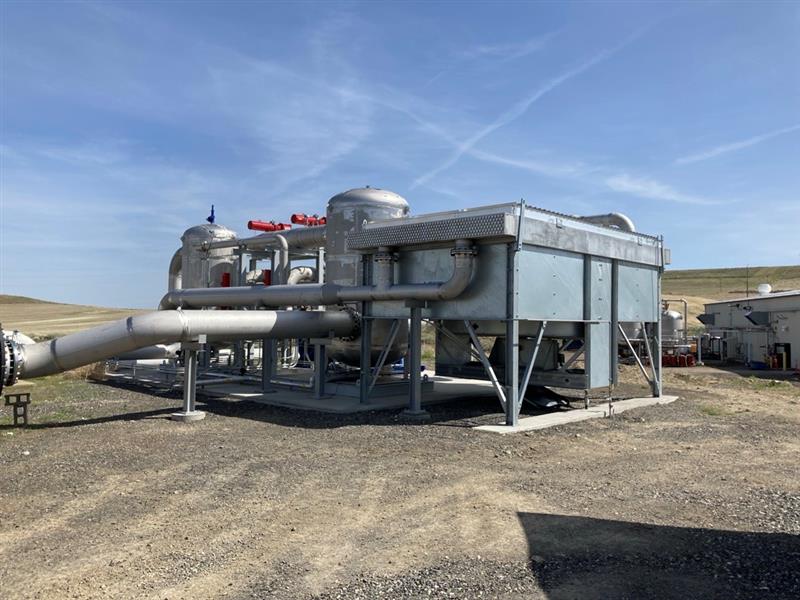
Working face of an active landfill
When you toss your banana peel into the garbage, you’re probably not thinking about how it will decompose in a landfill, emitting planet-warming carbon dioxide (CO2) and methane gases into the atmosphere. But that’s what happens.
In fact, decomposing organic matter in landfills (mostly food waste and yard debris) is a significant source of methane emissions in Washington, and municipal solid waste landfills are the third largest source of human-related methane emissions in the nation.
Methane gas, a super pollutant many times more damaging than CO2 in the short term, is terrible for the climate.
That’s why the Washington Legislature passed a new law in 2022 requiring owners and operators of municipal solid waste landfills, which are a certain category of landfills that may be either public or privately owned, to adopt stricter requirements for controlling methane.
We recently proposed a new rule to implement this law and put Washington at the forefront of the issue, along with California, Oregon and Maryland, which have passed similar rules.
What's the urgency?
To understand why it’s important to quickly reduce methane emissions, consider these sobering facts:
- Typically, 99% of landfill gas is CO2 and methane in roughly equal proportions.
- Methane is a potent greenhouse gas, just like CO2, but it has approximately 83 times the global warming potential (or “GWP”) of CO2 during its first 20 years in the atmosphere.
- Methane is responsible for more than 25% of the global warming experienced today.
Three methods of controlling methane gas
When adopted, the new rule will require landfill owners and operators to implement at least one of three methods to control methane emissions:
1. Combust methane with flares (open and enclosed)
- The new rule requires landfills to eventually stop using open flares and to use enclosed flares that destroy 99% of methane gas.
Most landfills have at least a flare, which burns methane gas, but open flares aren’t as efficient as enclosed flares. Enclosed flares cover the flame in a cylindrical shroud, which helps distribute temperature evenly, destroying methane more efficiently.
2. Combust methane to create energy
- Under the new rule, landfill owners and operators could use energy recovery devices – such as combustion engines or gas turbines – that destroy 97% of all methane gas.
Combusting or burning methane to generate energy requires separating methane gas from other landfill gas and then sending it to internal combustion engines or gas turbines, where it is combusted and turned into electricity.
3. Treat and process methane to sell
- The new rule will require treatment and processing systems to maintain a methane leak rate of 3% or less.
For methane to be sold and used, it must be separated from other components of landfill gas using treatment and processing technologies. When methane is pure enough, it’s considered a renewable natural gas that can power transportation, cooking, home heating, electricity, and more.
An enclosed flare
“All three of these methods end with methane being combusted and turned into water and carbon dioxide,” says Philip Gent, engineering and permitting section manager in the Air Quality Program. “As methane is more detrimental in the short term, the conversion of methane to carbon dioxide reduces the impact to the environment.”
Most Washington landfills already have systems in place to control their methane gas emissions. However, some will need to install new equipment to meet the regulations. The State Legislature has appropriated $15 million from Climate Commitment Act funds to help landfill owners obtain the technology required for compliance, and Ecology anticipates opening a new grant program in summer 2024 to distribute the money.
A compressor station, which is part of a landfill gas collection system
Protecting the environment and public health
Unfortunately, the combustion of landfill gas generates pollutants itself. However, a recent supplement to an Ecology State Environmental Policy Act (SEPA) report found that flares and other combustion devices are still the best way to reduce methane and other toxic air contaminants contained in landfill gas. Research shows that combusting landfill gas is better for public health and the environment than emitting methane to outdoor air without controls.
Perhaps the best way to prevent methane from escaping from landfills is to make sure the banana peel never makes it to the trash in the first place. “The reduction of organic waste in the landfill directly results in less methane produced in the landfill,” says Gent.
This is the goal of the Organics Management Law of 2022, which requires state and local governments, businesses, and other organizations to divert organic materials from municipal solid waste landfills toward beneficial uses, such as creating compost and crop nutrients, and getting food to people at risk of hunger.
Until all organic waste is diverted from landfills, this new rule will help mitigate harmful effects of methane emissions on the planet and people. It is another important way Washington is leading the effort to combat climate change and taking steps to reduce greenhouse gas emissions in the state by 95% below 1990 levels by 2050.
“Reducing methane emissions is one of the best strategies for mitigating the impacts of climate change in the near term,” says Bill Flagg, air quality planner and rulemaking lead.
While there are exceptions, this law will apply to all municipal landfills that received solid waste after Jan. 1, 1992.

